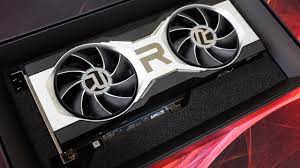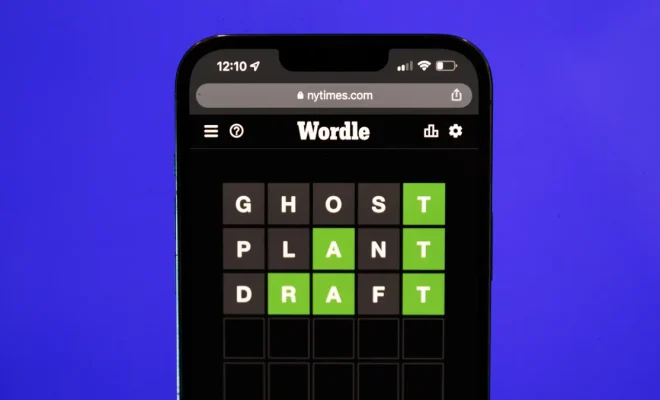AMD Radeon RX 6800 XT Review

The AMD Radeon RX 6800 XT has arrived, and it is more than just another high-end graphics card on the market. It is a compelling challenger to NVIDIA’s widely acclaimed GeForce RTX 30-series GPUs. This review will delve into the Radeon RX 6800 XT’s performance, features, and how it stacks up against its competitors.
Design and Specifications:
The AMD Radeon RX 6800 XT boasts an elegant design with a matte black shroud, three axial cooling fans, and a customizable RGB illuminated “R” logo on the side. This powerful GPU utilizes the RDNA 2 architecture, which is built on the 7nm process technology. The 6800 XT houses 72 compute units (CU), providing a total of 4,608 stream processors. It also features a game clock of up to 2,015 MHz and a boost clock of up to 2,250 MHz.
One area where the RX 6800 XT truly shines is its memory capabilities. The GPU comes equipped with a generous 16 GB GDDR6 memory, along with an innovative feature known as Infinity Cache – a high-speed cache that enhances efficiency by reducing latency. It also supports PCI Express (PCIe) 4.0 and has support for HDMI 2.1 and DisplayPort outputs.
Performance:
The AMD Radeon RX 6800 XT delivers impressive gaming performance across a wide range of demanding titles. Thanks to AMD’s Smart Access Memory (SAM) technology, which allows the processor to maximize the GPU’s full memory information, gaming enthusiasts can enjoy smoother gameplay even when playing at higher resolutions like 4K.
In terms of raw performance numbers, the RX 6800 XT consistently maintains its competitive edge against NVIDIA’s GeForce RTX 3080 across various AAA game titles. While their performance is fairly neck-and-neck, the RX 6800 XT really shines in games that are optimized for the RDNA 2 architecture, such as “Dirt 5” and “Call of Duty: Black Ops Cold War.”
Raytracing and DirectX 12 Ultimate:
The Radeon RX 6800 XT marks AMD’s introduction to hardware-based raytracing with its support for DirectX Raytracing (DXR). This feature allows for more realistic lighting and reflections, creating a more immersive gaming experience. However, it is worth noting that while the RX 6800 XT does support raytracing, its performance isn’t as refined as NVIDIA’s RTX-series GPUs. Nonetheless, it remains a commendable first attempt from AMD and will surely improve in future iterations.
Price and Availability:
With an MSRP of $649, the AMD Radeon RX 6800 XT is priced competitively against NVIDIA’s GeForce RTX 3080, which retails for $699. The slightly lower price tag coupled with its excellent performance means that buyers will have a challenging decision to make between these two highly capable GPUs.
Conclusion:
Overall, the AMD Radeon RX 6800 XT presents itself as a powerful addition to the high-end graphics card market. Its impressive performance, competitive pricing, and innovative features make it an excellent choice for gaming enthusiasts seeking a premium GPU upgrade. While its raytracing capabilities fall short of perfection, there’s no doubt that the Radeon RX 6800 XT stands tall among its contemporaries, promising an exceptional gaming experience.






